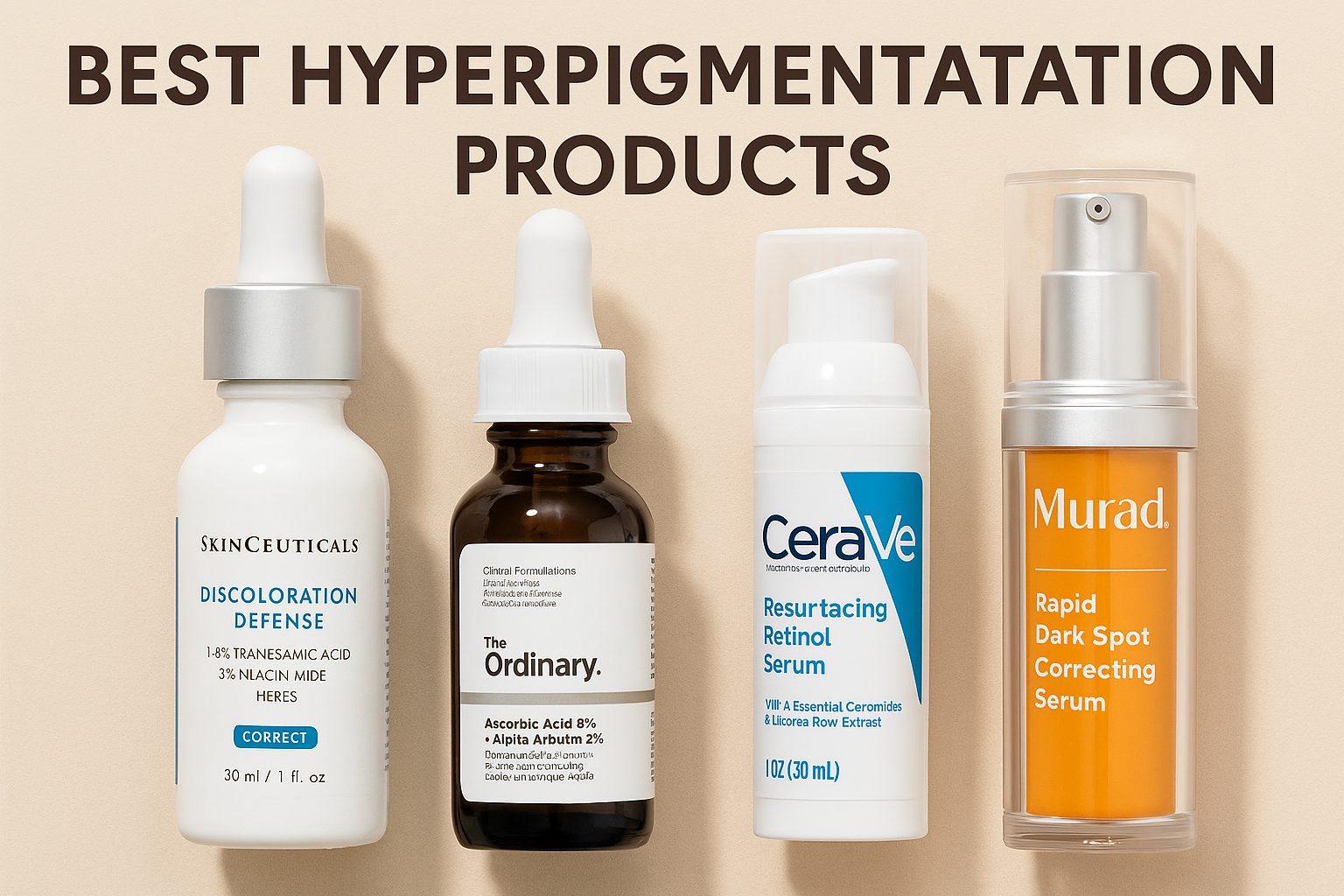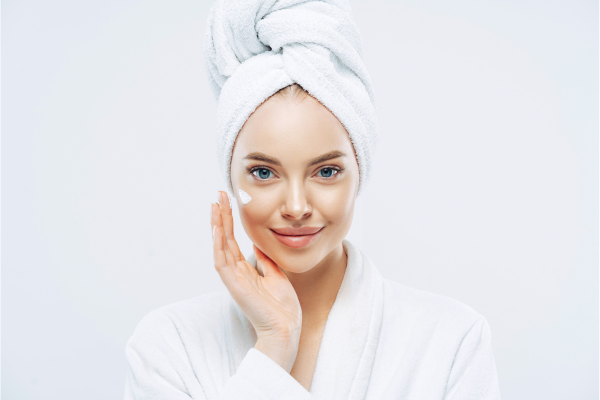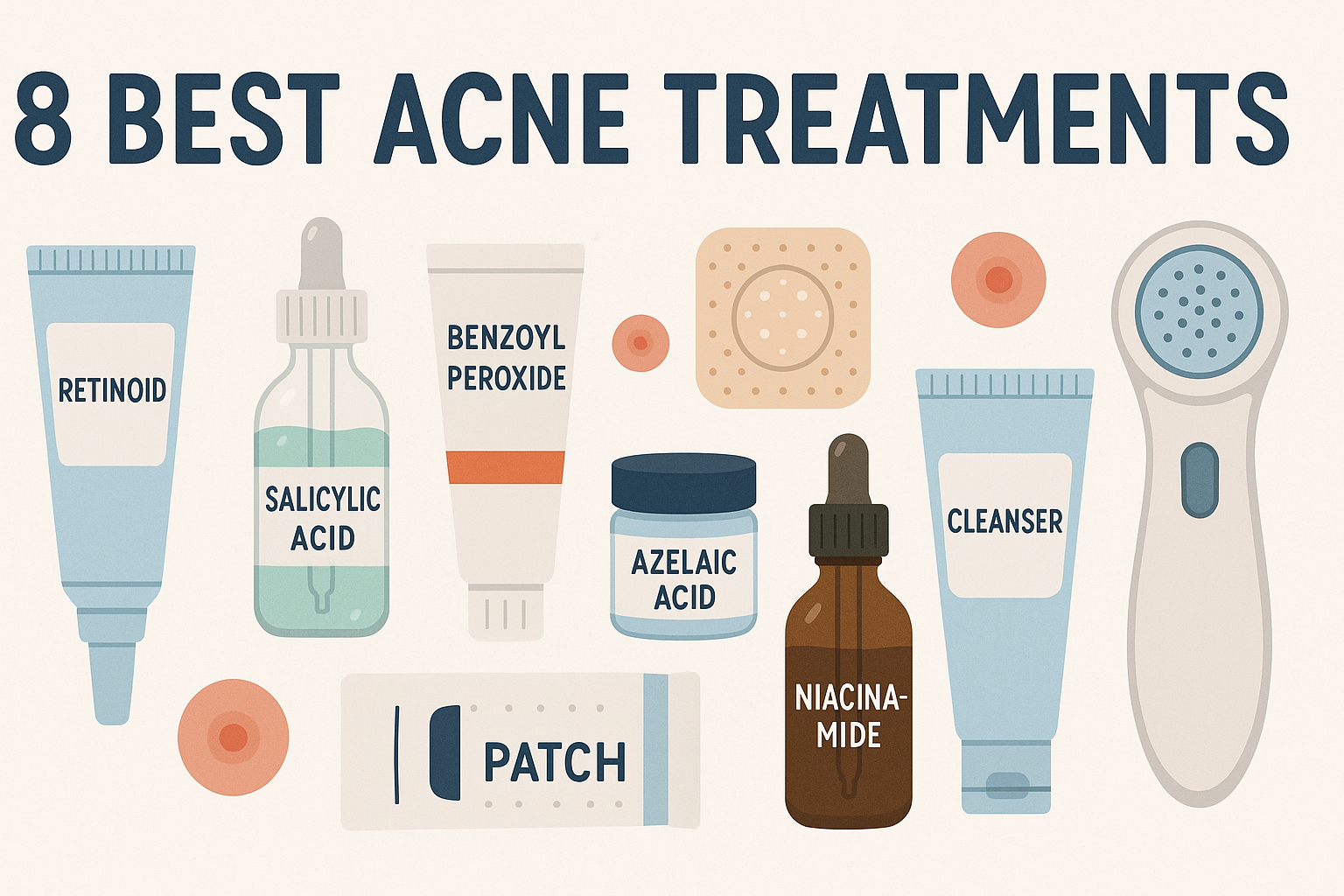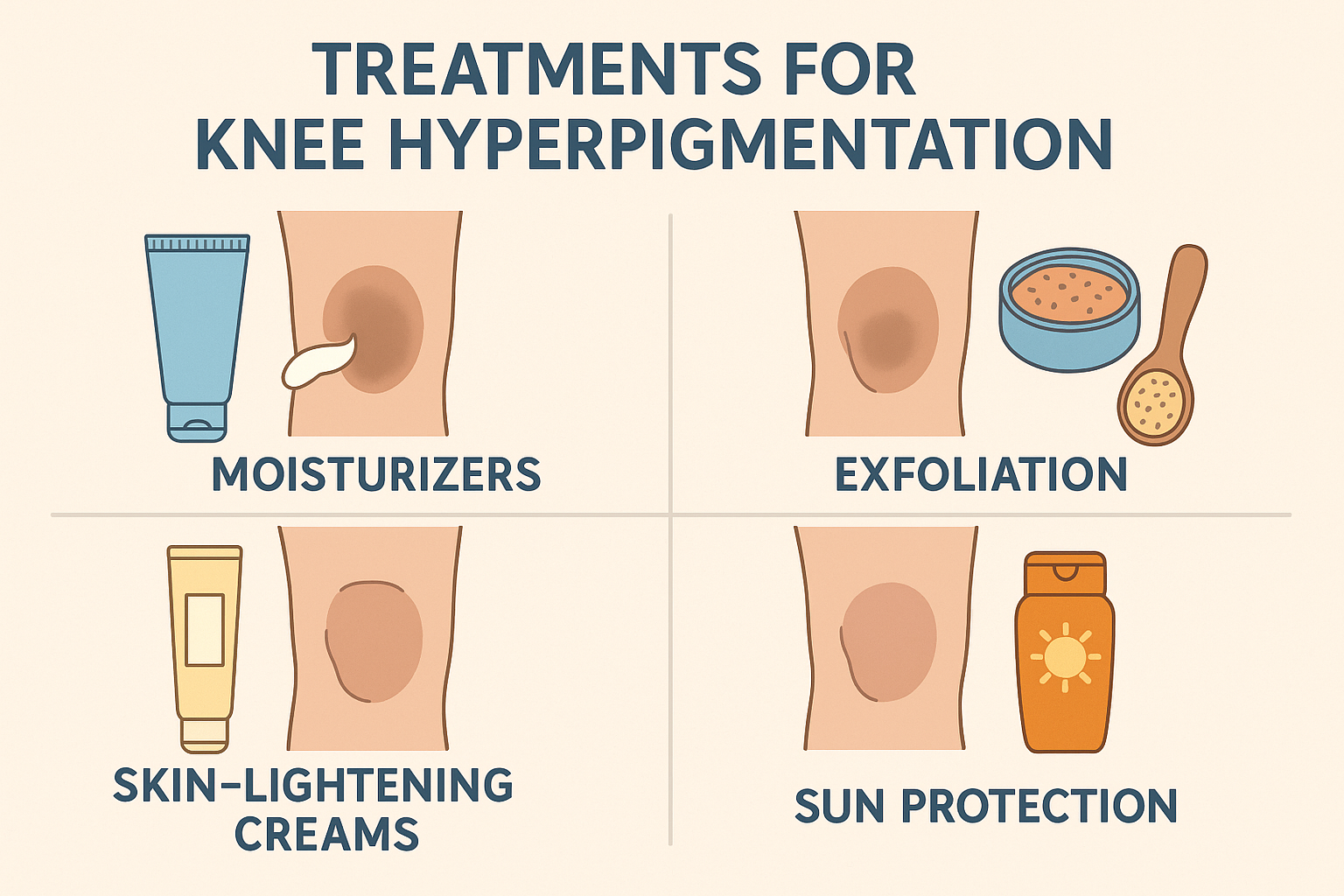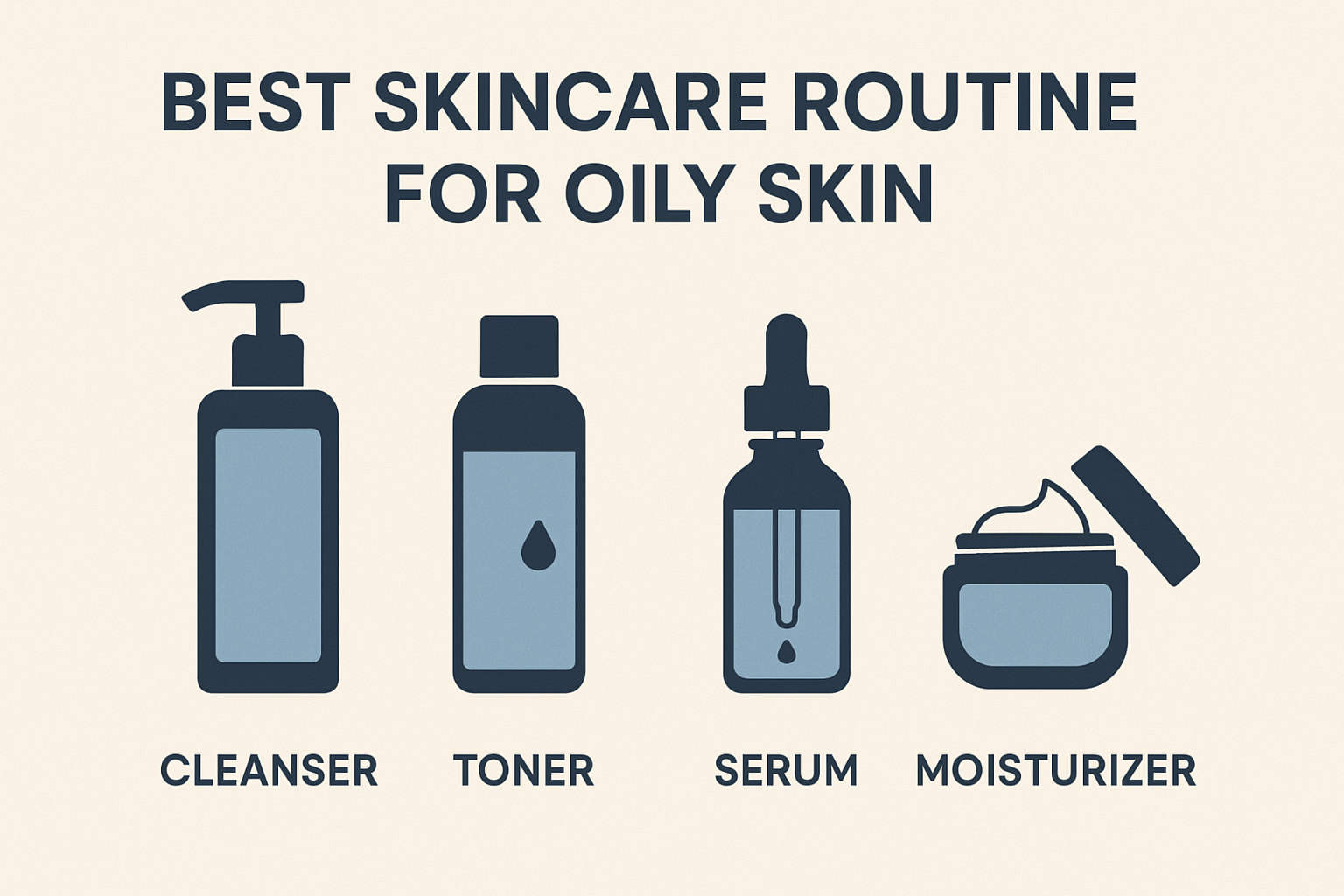Lip Flip vs Filler: Which One Should You Choose?

Everyone’s lips are naturally unique—thin, plump, wide, or petite. But enhancing the shape or fullness of your lips is a common and valid cosmetic goal. Two of the most popular treatments to achieve fuller-looking lips are the lip flip vs lip filler.
A lip flip involves injecting a small amount of botulinum toxin (commonly known as Botox) into the muscles around the upper lip. This relaxes the muscles slightly, allowing the upper lip to gently flip outward, creating the illusion of more volume without adding actual filler.[1Center Dermatology and Laser Surgery: Who Should Try a Botox Lip Flip?]
In contrast, lip fillers use hyaluronic acid-based dermal fillers to physically add volume to the lips, offering more dramatic and longer-lasting results.[2Advance Dermatology: Pucker Up with Our Lip Filler Special – Just in Time for Valentine’s Day!]
Each procedure has distinct goals. A lip flip subtly enhances the lip line and is ideal for those seeking a natural look, while fillers provide visible volume and definition. According to board-certified aesthetic doctors like Dr. Rachel Reyes-Bergano, Dr. Ari Hoschander, and Dr. David Shafer, a personal consultation is key to determining the best and safest option based on your facial structure and desired results.
Whether you’re new to lip enhancements or exploring subtle changes, understanding these two approaches can help you make an informed, confident decision.
What Are Lip Fillers and How Do They Work?
Lip fillers are non-surgical cosmetic treatments designed to enhance lip volume and shape through the injection of dermal fillers—typically made with hyaluronic acid, a substance naturally found in the body that attracts and holds moisture.[3Czumbel LM, Farkasdi S, Gede N, et al. Hyaluronic acid is an effective dermal filler for lip augmentation: a meta-analysis. Front Surg. 2021;8:681028.]
Dr. Ari Hoschander notes that lip fillers can create plumper, more symmetrical lips while also smoothing out fine lines around the mouth. Depending on your desired look, your provider might choose different filler types. For a bolder, more volumized effect, Hylacross technology is often used due to its strong water-attracting properties. For a more subtle and smooth finish, especially if you’re targeting fine lines, Vycross technology is preferred, as it absorbs less water and offers a softer texture.
Dr. Rachel Reyes-Bergano emphasizes the importance of customization. No two lips are the same, so your filler choice should reflect your facial features and personal goals.
Before getting a lip filler, consult with an experienced aesthetic provider to discuss the right formula and technique for your lips.
What Is a Lip Flip? A Subtle Way to Enhance Your Smile
A lip flip is a quick, non-surgical cosmetic procedure that uses Botox (botulinum toxin) to relax the muscles around the upper lip—specifically, the orbicularis oris muscle. This allows the upper lip to gently roll outward, creating the appearance of fuller lips without adding any actual volume.[4Teixeira JC, Ostrom JY, Hohman MH, Nuara MJ. Botulinum toxin type-a for lip augmentation: “lip flip”. Journal of Craniofacial Surgery. 2021;32(3):e273.]
Dr. Rachel Reyes-Bergano explains that many people find their upper lip disappears when they smile, making it look thinner. A lip flip helps counter this effect. By strategically injecting Botox just above the lip border and at the corners of the mouth, the muscle relaxes, revealing more of the natural lip surface.
This treatment is ideal for those looking for a subtle enhancement, especially if you feel your upper lip lacks definition when you smile. It’s also a great entry point if you’re curious about lip procedures but not ready to commit to fillers.
Unlike lip fillers, the lip flip doesn’t change the structure or volume of your lips—it simply enhances what you already have in a more delicate way.
Procedure Details: What to Expect During Lip Filler and Lip Flip Treatments
Curious about what actually happens during a lip filler or lip flip procedure? Both treatments are fast, relatively painless, and involve minimal recovery time—perfect for those new to cosmetic enhancements. Let’s break it down.
1. Lip Filler Procedure: Step-by-Step Guide
Your lip filler journey starts with a consultation. During this session, your provider will assess your medical history, discuss your aesthetic goals, and help choose the right filler type based on your lip structure and desired results.
Before the injection, a topical numbing cream is usually applied to minimize discomfort. Dr. Rachel Reyes-Bergano explains that most patients tolerate the procedure well with just numbing cream, but those with a lower pain threshold may opt for a lidocaine injection, similar to dental anesthesia.
Using a fine needle, your provider will then inject the filler into targeted areas of your lips, shaping and enhancing them as discussed. The entire process takes about 15 to 30 minutes. Afterward, a cold compress may be applied to reduce any mild swelling or bruising.
You can resume most normal activities right away. However, Dr. David Shafer recommends avoiding important events for a few days after your appointment, as some swelling or bruising is possible.
With the right care and an experienced injector, lip fillers can safely and effectively elevate your lip game—giving you a fuller, more polished look.
2. Lip Flip Procedure: Fast, Light, and Practically Zero Downtime
Just like lip fillers, a lip flip begins with a medical consultation. Dr. David Shafer emphasizes the importance of this step to ensure both safety and clear aesthetic expectations. It’s during this discussion that your doctor will determine whether a lip flip suits your needs.
For best results, you should avoid alcohol and blood-thinning medications 3–4 days before your appointment. This helps reduce the risk of post-injection bruising.
On the day of the procedure, your provider will clean the area around your upper lip. Botox is then injected into specific points—typically at the corners of the mouth and along the cupid’s bow. According to Dr. Shafer, the entire process takes just 10–15 minutes. Most patients report minimal discomfort, so anesthesia is rarely necessary unless requested for comfort.
Unlike fillers, the lip flip doesn’t add volume. Instead, it creates the illusion of a fuller upper lip by relaxing the muscles so that the lip rolls outward slightly. Results typically start to appear within 3–5 days as the Botox begins to take effect.
With no real downtime and natural-looking enhancement, the lip flip is a great option for those seeking subtle definition without dramatic changes.
Benefits and Results: What Can You Expect?
1. Lip Filler Benefits
Lip fillers offer instant, visible enhancement with little to no recovery time. Dr. Ari Hoschander notes that fillers not only add volume but also smooth fine lines around the lips, improving the overall harmony of your face.
With hyaluronic acid as the base ingredient, lip fillers hydrate and plump your lips naturally—giving them a soft, youthful, and well-defined appearance without surgery.[5Nova Plastic Surgery: The Top 5 Benefits of Lip Filler.]
This treatment is perfect for those wanting to balance facial proportions, restore lip fullness lost with age, or simply achieve that naturally plump look seen on social media—minus the filters.
2. Lip Flip Benefits
The lip flip offers a subtle but noticeable enhancement by using Botox to relax the upper lip muscles. This allows the lip to gently “flip” outward, creating a fuller appearance without increasing its actual size.
Dr. Ari Hoschander explains that the results are soft yet visible, making your lips look more defined and youthful—especially when smiling. Unlike fillers, which physically enlarge the lips, a lip flip creates a gentle lift with a very natural finish.
Results become noticeable within 3–5 days and last up to 2–3 months. This makes it a perfect choice for those wanting a light, low-commitment alternative to fillers. Plus, there’s virtually no downtime, so you can get back to your routine the same day.
Duration and Maintenance: How Long Do Results Last?
1. How Long Do Lip Filler Results Last?
Lip filler results typically last between 6 to 12 months, depending on factors like the type of filler used, your metabolism, and your lifestyle.[6The Cosmetic Skin Clinic: How long do Lip Fillers last?] Dr. Rachel Reyes-Bergano explains that over time, the body naturally breaks down hyaluronic acid using an enzyme called hyaluronidase, gradually fading the results.
Dr. David Shafer recommends patients have 2–3 filler sessions within the first year to build and maintain their ideal look. Once your desired shape is achieved, a single yearly touch-up may be enough to keep your lips looking fresh and full.
With consistent care and a personalized treatment plan, lip fillers can offer long-lasting, natural-looking enhancement.
2. How Long Does a Lip Flip Last?
A lip flip typically lasts about 2 to 3 months, although this can vary slightly depending on the Botox dosage and individual response.[7Advance Dermatology: What Is A Lip Flip?] Botox works by temporarily relaxing targeted muscles, and its effects gradually fade as the body metabolizes the toxin.
Dr. Rachel Reyes-Bergano recommends maintenance treatments every 8–12 weeks to keep the lifted appearance consistent. This flexible schedule makes lip flips a practical option for those wanting natural enhancement without the longer commitment of fillers.
With regular touch-ups, you can maintain a subtly lifted and more open-looking upper lip—no surgery or downtime required.
Suitability and Considerations
1. Who Is a Good Candidate for Lip Fillers?
According to Dr. Ari Hoschander, the ideal candidates for lip filler are healthy individuals with realistic expectations who want subtle enhancement to their lips. While the procedure is generally safe and low-risk, some mild side effects—such as swelling or bruising—can occur after the injection.
Dr. Rachel Reyes-Bergano emphasizes that evaluating previous filler use is essential. If any residual filler is still present—especially if it has migrated into surrounding tissues—it may need to be dissolved before proceeding to ensure smooth and symmetrical results.
Facial anatomy also plays a role. For example, patients with a long philtrum—the distance between the nose and upper lip—may not get optimal results from filler alone. In such cases, a surgical lip lift could be a more appropriate solution.
Additionally, if you have a history of cold sores, let your provider know. A preventative antiviral prescription may be recommended to avoid triggering a recurrence after treatment.
With thorough consultation and personalized planning, lip fillers can safely deliver a natural-looking lip enhancement tailored to your features.
2. Who Should Consider a Lip Flip?
A lip flip is a non-surgical, low-commitment cosmetic treatment ideal for individuals looking to enhance their upper lip’s appearance in a soft and subtle way—without adding volume or using dermal fillers. Dr. Ari Hoschander explains that it’s perfect for those with realistic expectations who prefer natural results over dramatic changes.
This technique involves small amounts of Botox to relax the muscles around the upper lip, making it look slightly lifted and more defined when smiling or at rest.
The lip flip is especially suitable for people whose upper lip tends to “disappear” when they smile, or those who want to test the waters before committing to fillers. However, it’s not designed to address fine lines around the lips. If your goal is both volume and wrinkle reduction, lip filler would be the better option.
Since the effects last only around 2–3 months, lip flip is a great way to try out lip enhancement without a long-term commitment.
Cost Comparison: Lip Filler vs. Lip Flip
When it comes to cost, lip filler treatments tend to be more expensive than lip flips. Dr. Rachel Reyes-Bergano notes that a typical first session for lip filler can cost around $800. Additional touch-ups—recommended every 6 to 8 months—can add another $500 to $600 per session.
On the other hand, a lip flip is more affordable, usually ranging from $300 to $500 per session. This makes it an appealing option for those seeking a visible but subtle enhancement without a large financial investment.
That said, pricing can vary based on location, the experience of your provider, and the type of product used. Dr. David Shafer advises against choosing providers solely based on low prices. “If something sounds too good to be true, it probably is,” he warns.
Ultimately, your top priorities should be safety, provider expertise, and achieving natural, satisfying results—not just saving money.
Preparation and Aftercare: How to Get the Best Results
1. Preparing for and Recovering from Lip Filler
Lip filler requires minimal prep, but a few simple steps can help you avoid unwanted side effects. Doctors recommend avoiding blood-thinning medications like aspirin, ibuprofen, and certain supplements—such as fish oil and vitamin E—for about a week before your appointment. This helps minimize bruising after the injections.[8Dr. Danny Guo: Lip filler.]
Post-treatment, mild side effects like swelling, redness, bruising, or tenderness around the lips are normal. Dr. David Shafer advises applying a cold compress immediately after the procedure to reduce inflammation and speed up recovery.
Most people can return to their daily activities right away. However, for the first 24–48 hours, avoid intense exercise, alcohol, and exposure to heat (like saunas or hot showers) to prevent complications and ensure the best results.
With proper care, lip fillers heal quickly and reveal smoother, fuller lips in just a few days.
2. Preparing for and Recovering from a Lip Flip
A lip flip is a quick, low-prep treatment. As with fillers, you’ll want to avoid blood-thinning substances (like aspirin or fish oil) for a few days before your appointment to reduce the chance of bruising.[9Cleveland Clinic: Lip Flip.]
After the procedure, proper aftercare is key. Dr. Ari Hoschander recommends avoiding smoking for 3–4 days to lower the risk of infection and ensure smooth healing. It’s also best to avoid sleeping face-down, so the Botox stays where it’s meant to be, giving you even results.
For a few days, you may notice it’s harder to use a straw or tightly purse your lips—this is temporary and due to muscle relaxation. Mild swelling or bruising may appear but typically resolves within 24 to 48 hours.
By following your provider’s post-treatment tips, you can enjoy natural-looking results and a smooth recovery.
Lip Flip vs. Filler: Which One Should You Choose?
Choosing between a lip flip and lip filler depends on the kind of look you’re going for. Both are non-surgical, safe, and widely used to enhance lip appearance—but they work in different ways.
Lip fillers use hyaluronic acid to add real volume and definition to your lips. If you want a fuller, more sculpted pout with results lasting 6 to 12 months, this is the way to go. Fillers also help soften fine lines around the mouth, offering a rejuvenated appearance.
In contrast, a lip flip uses Botox to relax the muscles around the upper lip, making it look slightly lifted without adding any volume. The effect is more subtle and typically lasts 2 to 3 months. It’s ideal for first-timers or those who want a gentle enhancement with little downtime.
Dr. Rachel Reyes-Bergano also notes that many patients combine both procedures to achieve balanced, natural-looking results. A consultation with an experienced provider can help tailor the right plan for your facial features and preferences.
Conclusion
When deciding between a lip flip and lip filler, it all comes down to your beauty goals.
If you want a more noticeable increase in volume and longer-lasting results, lip filler is your best bet. As Dr. David Shafer explains, fillers are ideal for those seeking clearly defined, fuller lips with a smoother contour.
But if you’re aiming for a light enhancement—like making your upper lip more visible when you smile without increasing size—a lip flip is the gentler, more natural option. It’s especially great if this is your first time trying a cosmetic lip treatment.
Interestingly, you don’t have to choose just one. Dr. Rachel Reyes-Bergano shares that combining a lip flip and filler can provide the best of both worlds: fuller lips with enhanced definition and symmetry.
Whatever your choice, make sure it’s informed, personalized, and aligned with what feels right for you.
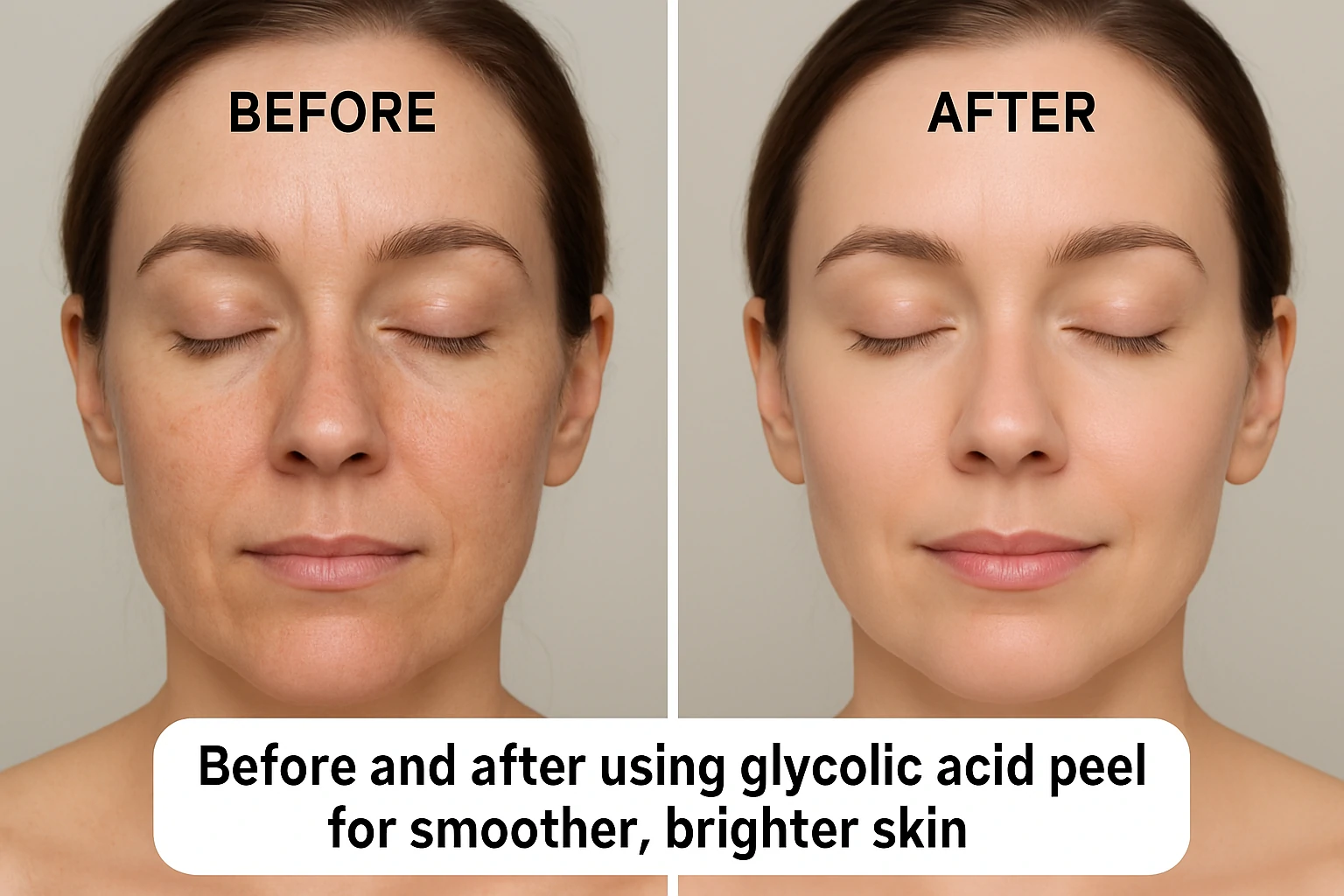
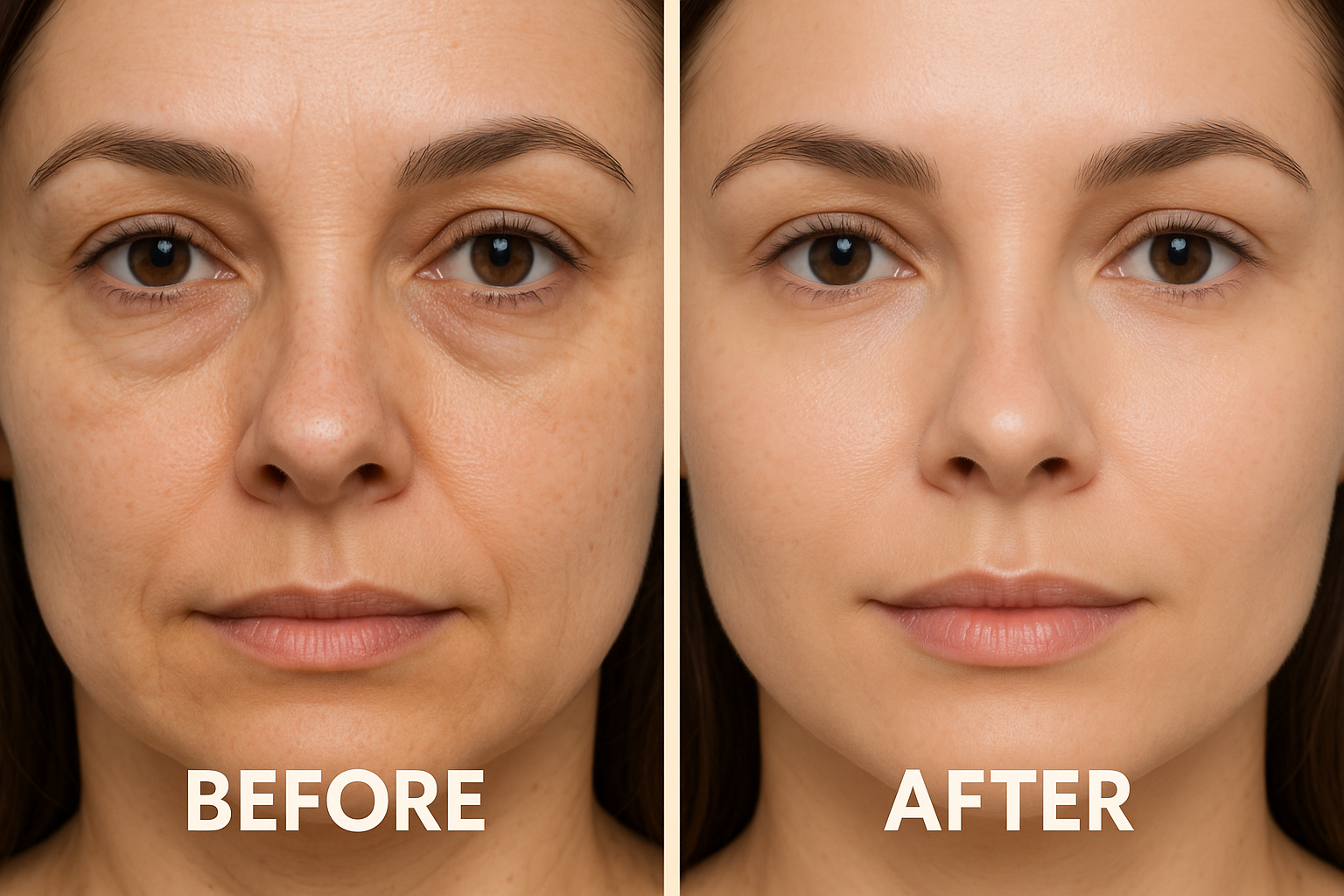

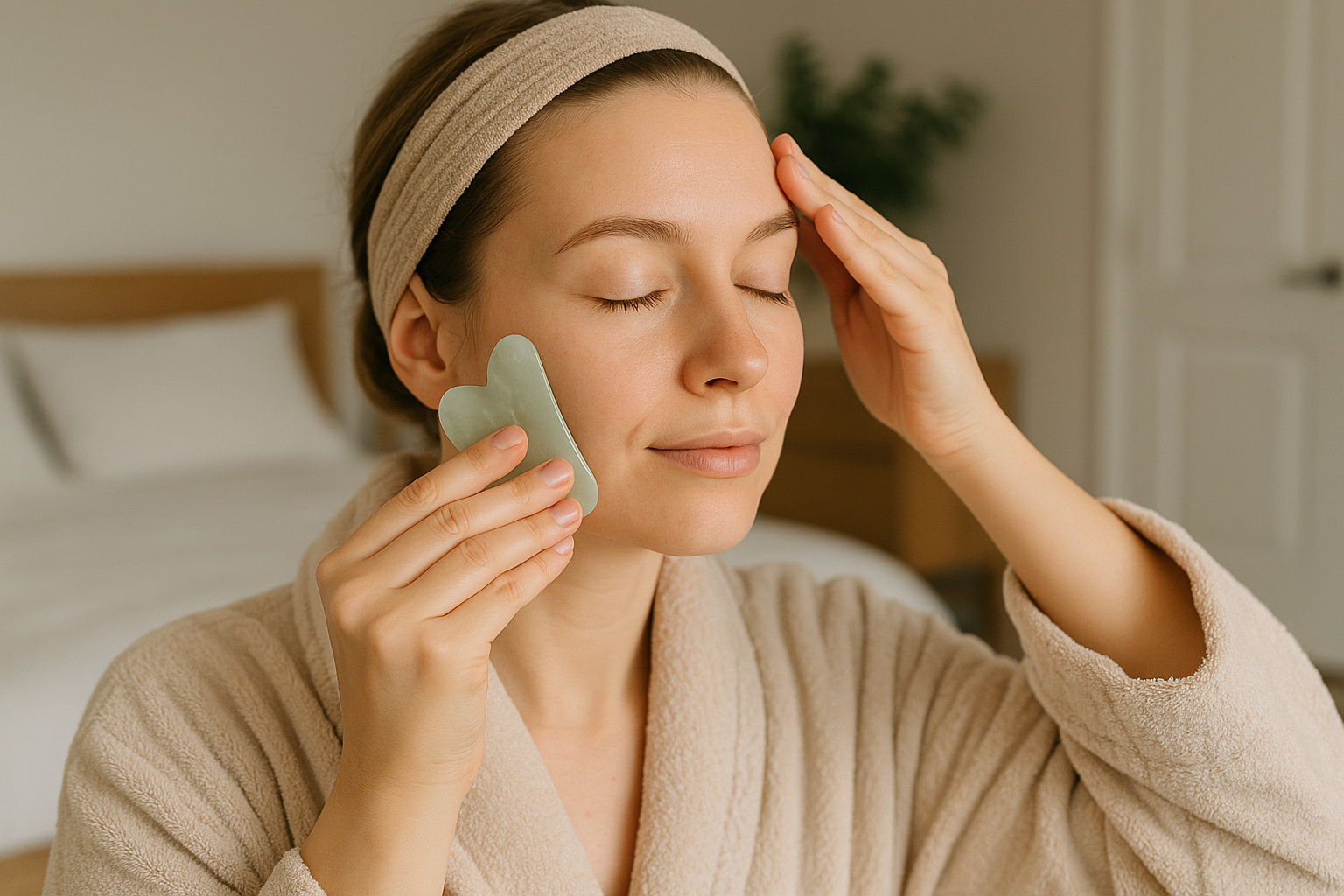
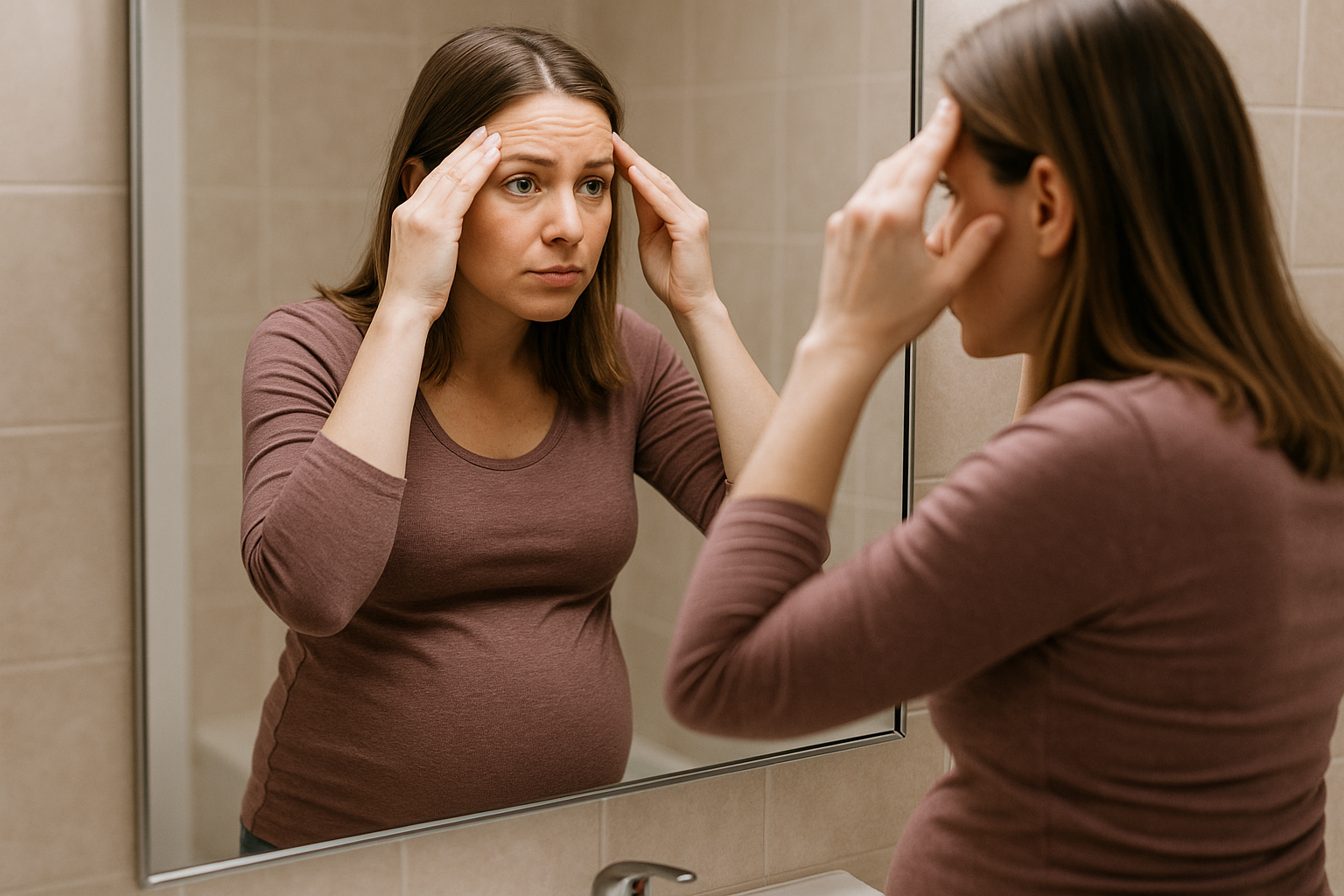
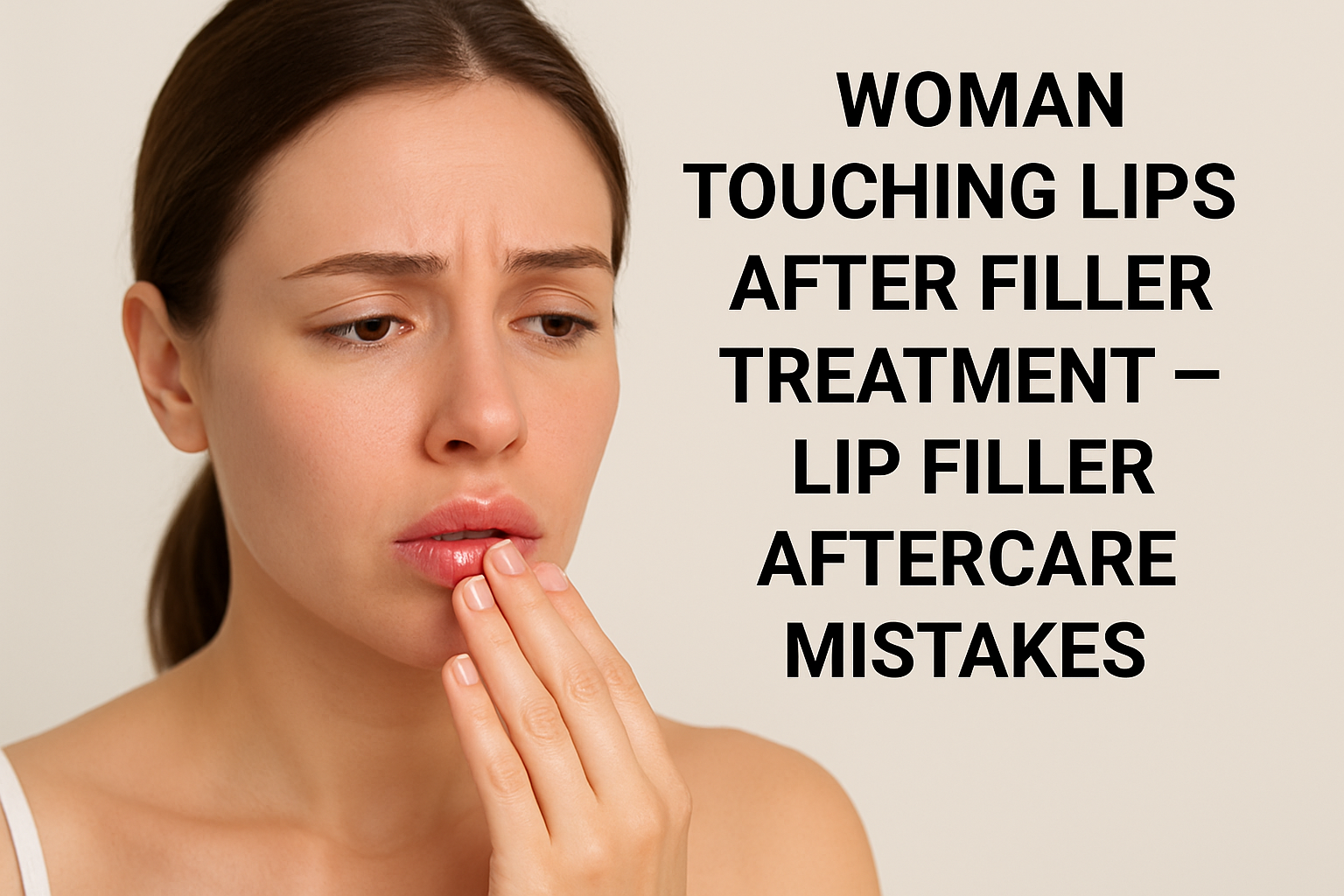
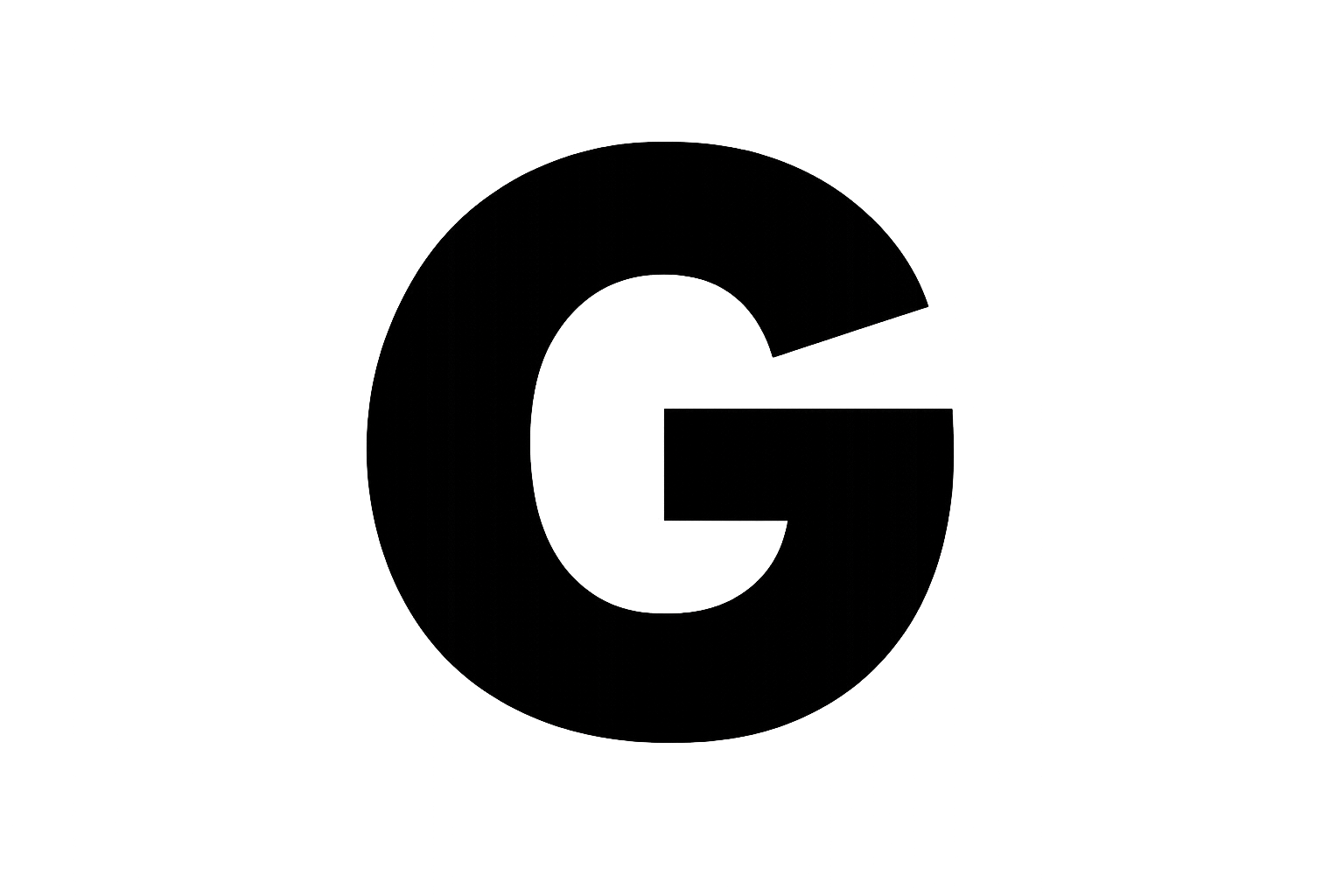 Acne
Acne Anti-Aging
Anti-Aging Business
Business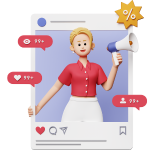 Digital Marketing
Digital Marketing Economics
Economics Exfoliation
Exfoliation Movies
Movies Personal Finance
Personal Finance Websites
Websites
